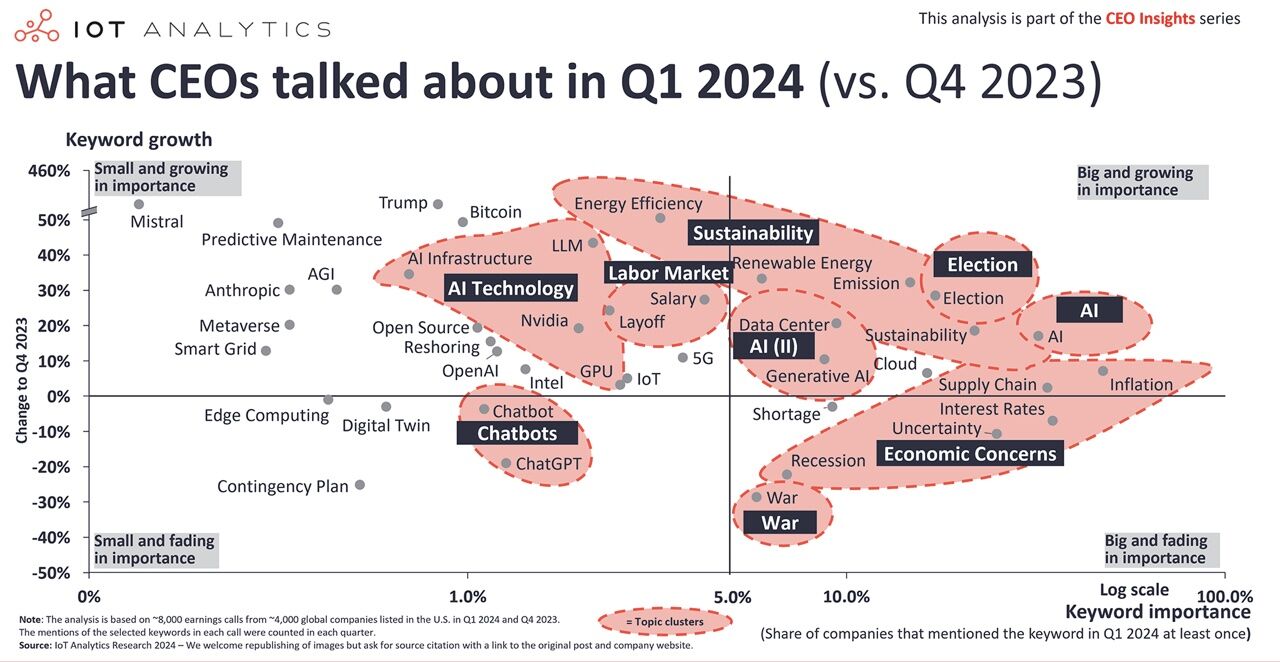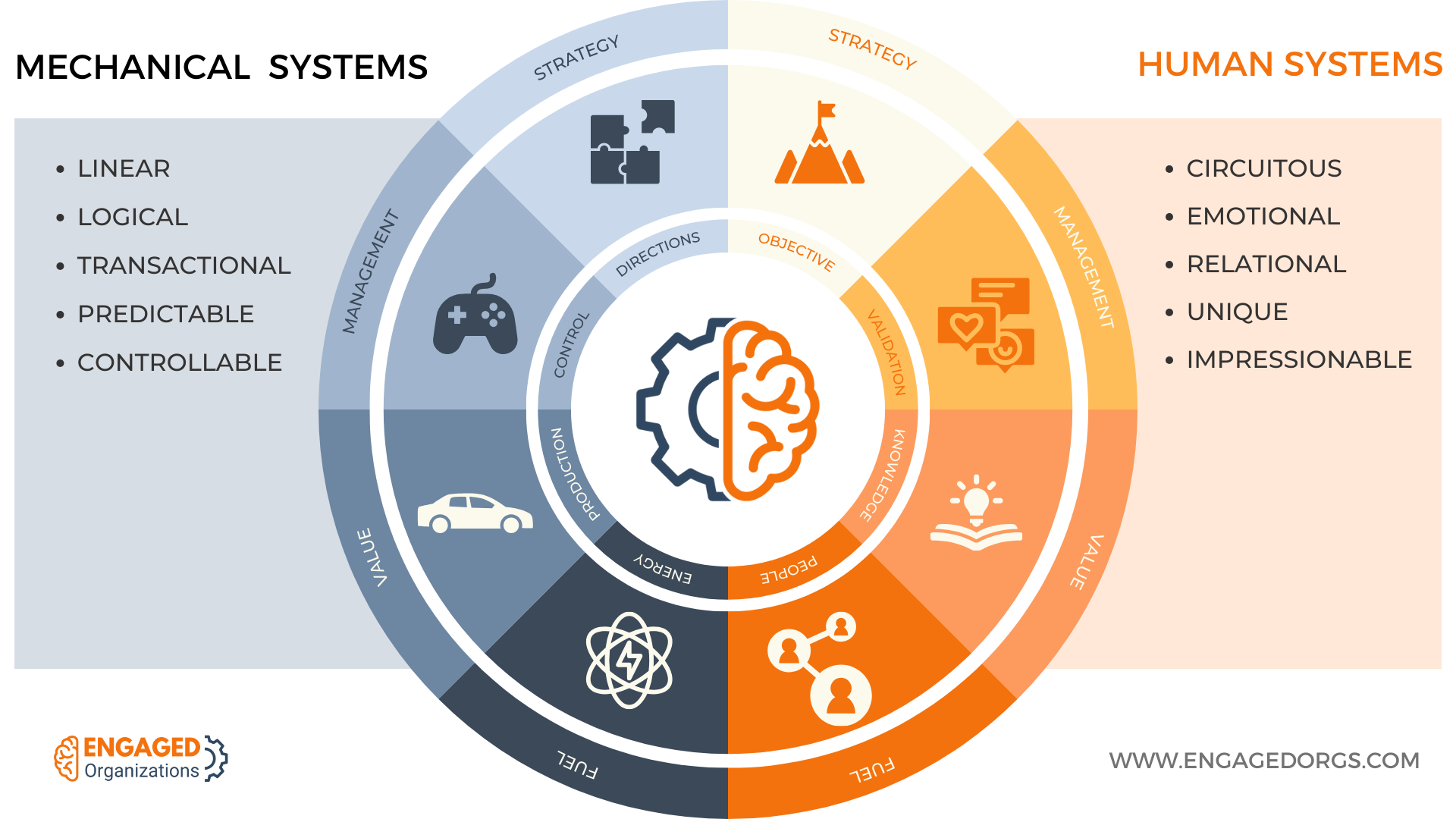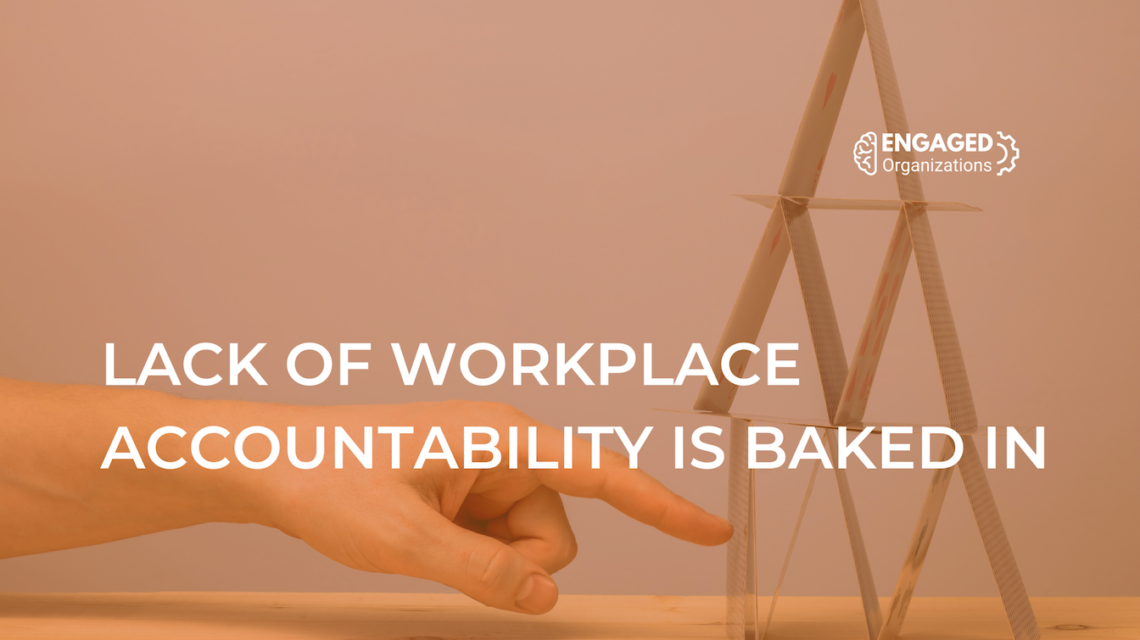Lack of accountability in the workplace is often framed as the responsibility of individuals or managers. It is seen as something created by bad actors; employees who are particularly toxic or manipulative. While there are no doubt plenty of people who are manipulative, they do not behave that way in a vacuum. The behavior persists because the system not only fails to punish it but it, in fact, rewards it.
In a recent article, I wrote for Reworked, The Beatings Will Continue Until Morale Improves: Why Work Feels so Toxic, I lay out how the governance and accounting systems of organizations reward this toxic lack of accountability. Essentially, it is because organizations never connect WHAT work gets done with HOW that work gets done. Those with more power, credibility, and access get the vast majority of the credit for results whether they were involved in delivering them or not.
If CEOs and boards solved that core issue, most of the emotional friction of work would evaporate and everything would run more smoothly. Layers of operational costs could be removed.
Lack of Accountability Obfuscates Executive Responsibility
So why don't executives change measurement and accounting systems?
It doesn't serve them in the short term, and let's be honest: Every decision in organizations these days seems to be for short-term gain; there is no long-range vision because every employee—from the newest, youngest hire to the oldest, most effective executives—is at risk of being laid off. Jack Welsh ushered in an era of running companies like financial instruments. Most large organizations are no longer customer-led or even product-led and many private organizations have followed along. The impact on people has been enormous and devastating; we are all at the mercy of money and most of us are not getting our fair share.
Dion Hinchliffe shared an AI summary of earnings calls from Q1 of 2024, which, while a great use of AI, offered an interesting and bewildering look at what CEOs have on their minds.

There were more conversations about Chatbots (which is oddly tactical for earnings calls) than about employees. There was NO mention of customers, which seemingly should be the biggest priority for any organization. It confirms that AI continues to suck up a lot of attention.
As a human, this makes me feel like Alice in Wonderland has come to life, which is increasingly disorienting and continues to reinforce Lewis Carroll's genius.
It reveals a profound lack of coherence, which I have been thinking about a lot lately. The disconnect between what CEOs are thinking about and what we are experiencing right now points to how rare coherent leaders are. Coherent leaders put us at ease because what they say, how they act, and the decisions they make are all aligned. Coherent leaders are the exception, not the rule.
What we see more of are dissonant leaders who say comforting things like, "People are our greatest asset" and then behave and make decisions that constantly undermine those words. Looking at this earnings call analysis, we see that CEOs are coherent with one group; investors.
Dissonant Leaders Socialize Costs and Consolidate Gains
What many executives are doing is intentionally dissonant; they are telling each stakeholder group what they want to hear but only operating in ways that maximize the financial success of the most senior executives, board members, and investors. By investing in superficial initiatives to address issues, they are hoping we don't notice.
This becomes particularly toxic for employees, especially in the U.S., where there is minimal support for the unemployed. U.S. workers in global companies are, in fact, taking the disproportionate brunt of layoffs since it is prohibited or financially expensive to do so elsewhere. If, as in other countries, organizations had to pay employees their full salary for two years after a layoff, no doubt organizations would think more deeply about whether it was needed.
A few examples of how organizations undermine employees while often telling them they matter:
- Increasing manager direct reports, outsourcing jobs, and monitoring employees.
- Insist employees come to the office to improve cohesion to avoid investing in that capability.
- Measure satisfaction but failing to see how power dyanamics inhibits accurate answers.
- State that innovation and learning is a prority while cutting funding for KM, L&D, and Community teams.
- Insist culture matters while avoiding discretionary budget or explicit time for connection.
- Avoid putting employee value on the asset side of the balance sheet, making employees a financial risk to be minimized.
- Designing governance to control the worst behaviors of a minority instead of encouraging the best behaviors.
Human Resources Should be a Profit Center
What if HR was a profit center? How would that impact investment in management, professional development, budgets, promotion, or hiring?
I've read a number of articles about how HR is poised to be a strategic partner to the CEO in coming years, and it makes me laugh a bit, not because it shouldn't be, but until it's a profit center, it is a pesky requirement of doing business that is hard to increase investment in.
However, what if employees were also assets instead of just a cost on the balance sheet? What if we started to calculate the value of expertise, experience, judgment, and trust based on how that impacted the speed and quality of employees' work?
If there were an ROI for investing in employees, we could justify investing in the best experience rather than the experience required to compete in the labor market. What could we do then?
We Need Governance for Human Systems
A foundational issue holding organizations back is that we think of them as mechanistic systems designed for production. Because of that, we think of employees and their value as production capacity. This is largely because the original organizational design was created for plantations, where enslaved people were treated as production widgets (read Caitlin Rosethal's excellent book Accounting for Slavery).
As production has become increasingly automated, it is highlighting the issues created by treating people like machines. It is endemic throughout the economy and society. It has changed the way we think about ourselves. It is deeply toxic.
Mechanistic and human systems have wildly different dynamics. Operating them the same way will never maximize the value of either.

Control optimizes mechanical systems. It throttles human systems.
The fallacy of thinking of people as production capacity is that, while we can do it, it is not the best use of our talents and incurs a cost. People's most valuable capacity is their ability to imagine, create, connect, and activate value. That capacity cannot be measured by the quantity of their output - it is measured in how they behave; the process by which they think, communicate, and connect.
I co-founded The Community Roundtable and spent over a decade researching communities because communities are the structures of human systems. Great communities are what empower people to generate profound value.
Stop Making Individuals Responsible for Systemic Problems
Individuals are held responsible for all sorts of collaboration, trust, productivity, performance, and engagement issues. However, accountability—doing what one is responsible for—will not happen unless the system around a person accepts uneven progress. Human development and performance are not consistent; if we don't get enough sleep or eat well, our performance dips. We are not machines.
Organizations need to radically rethink how employees are governed. Nipping around the edges will not work, and it will only diminish employees' capacity to perform at their best.
Build governance that gives employees a trellis on which to grow rather than putting them in cages that constrain their capacity.


